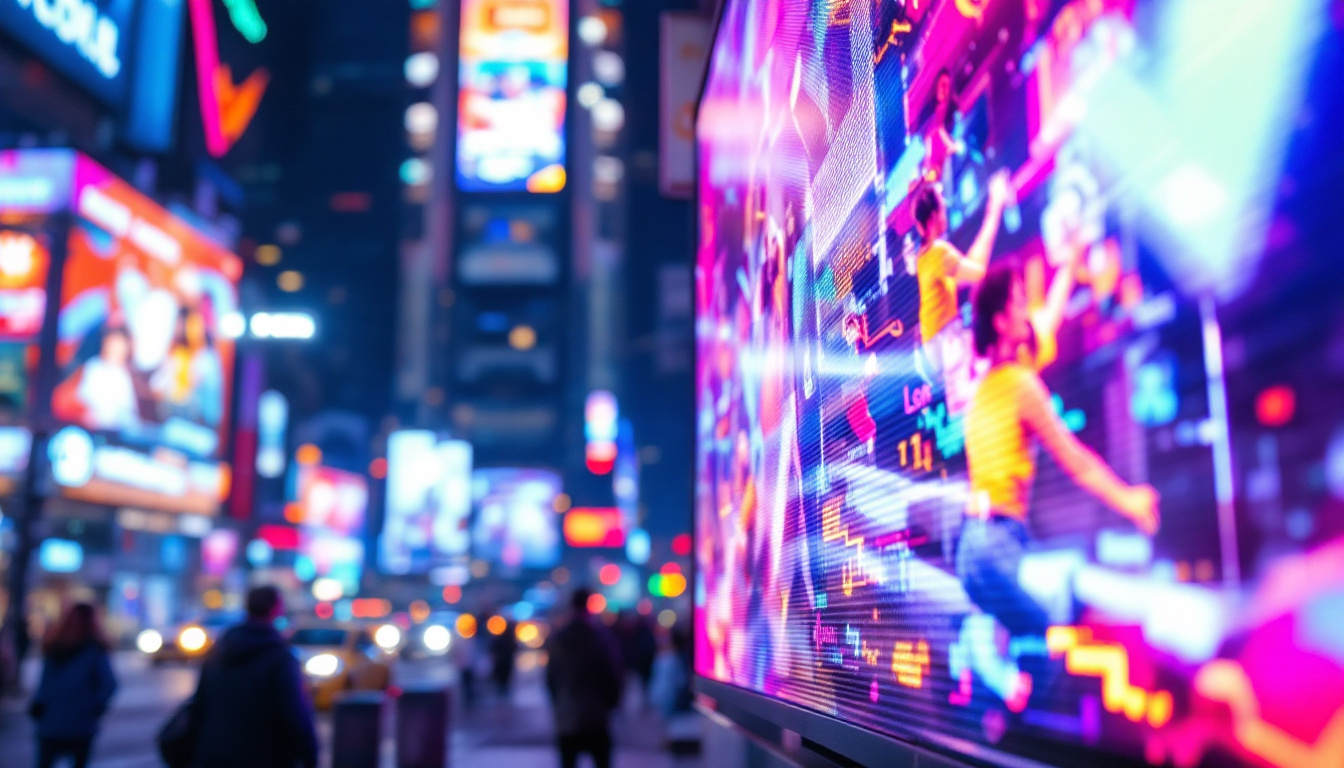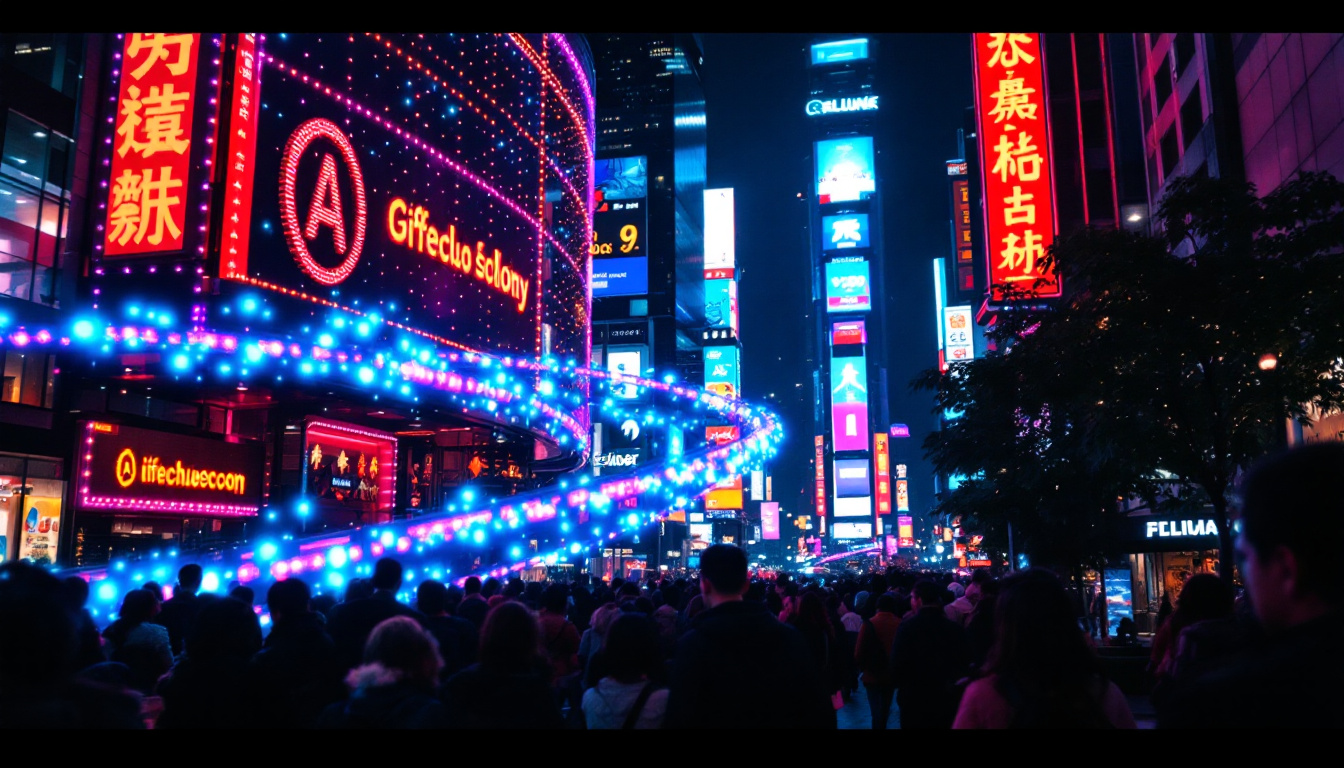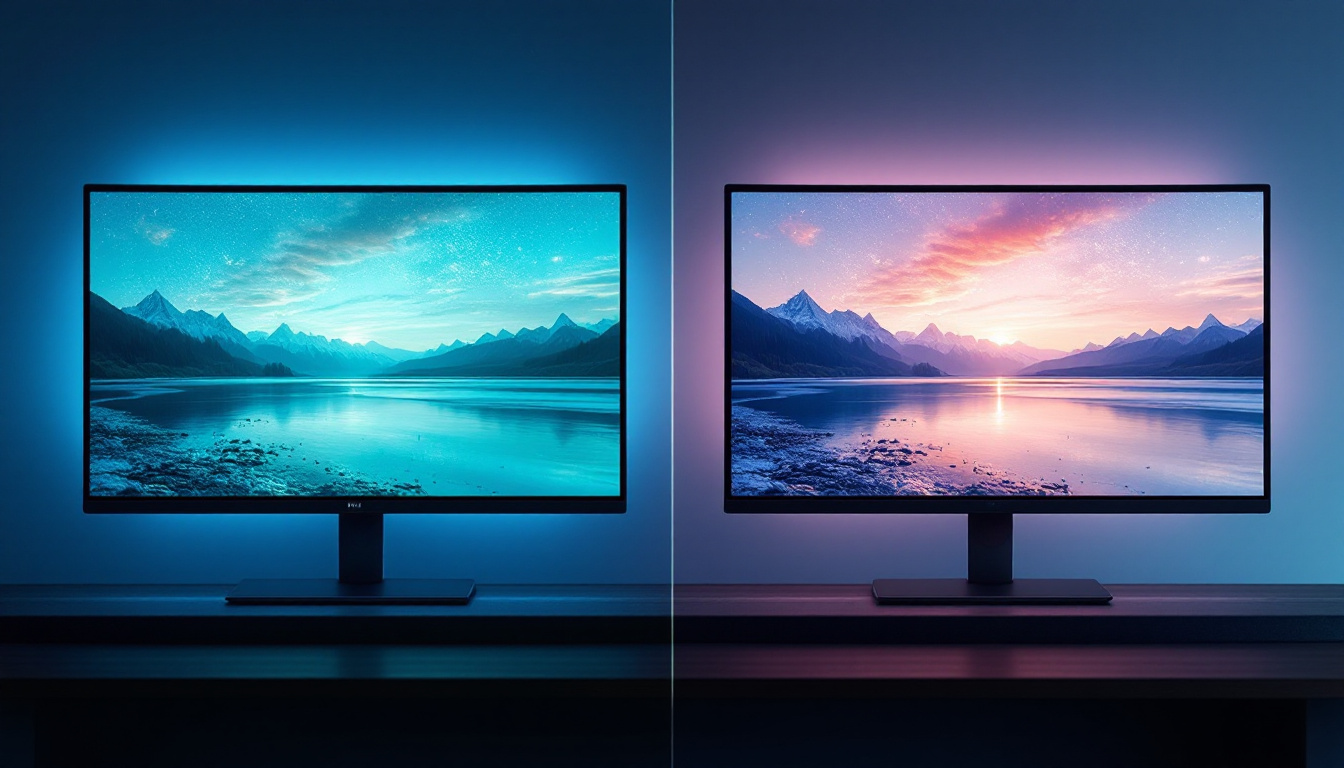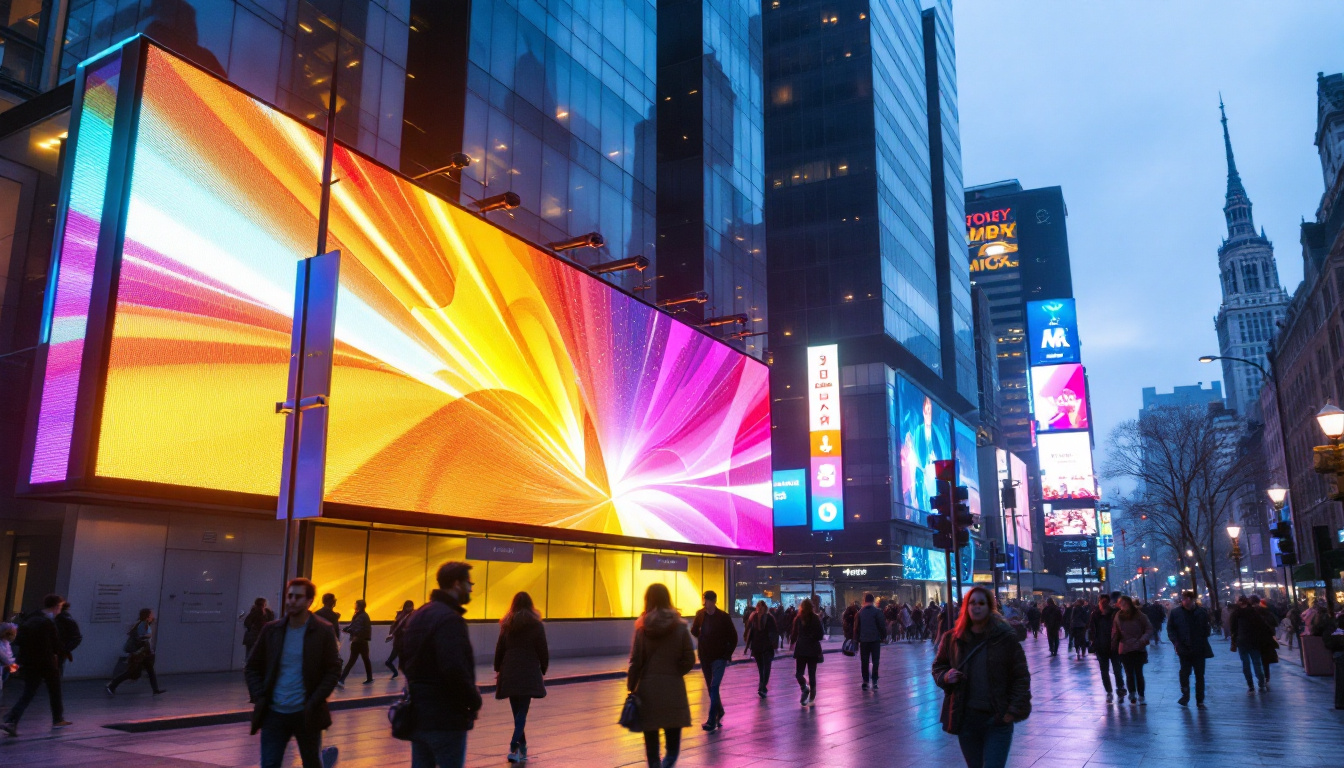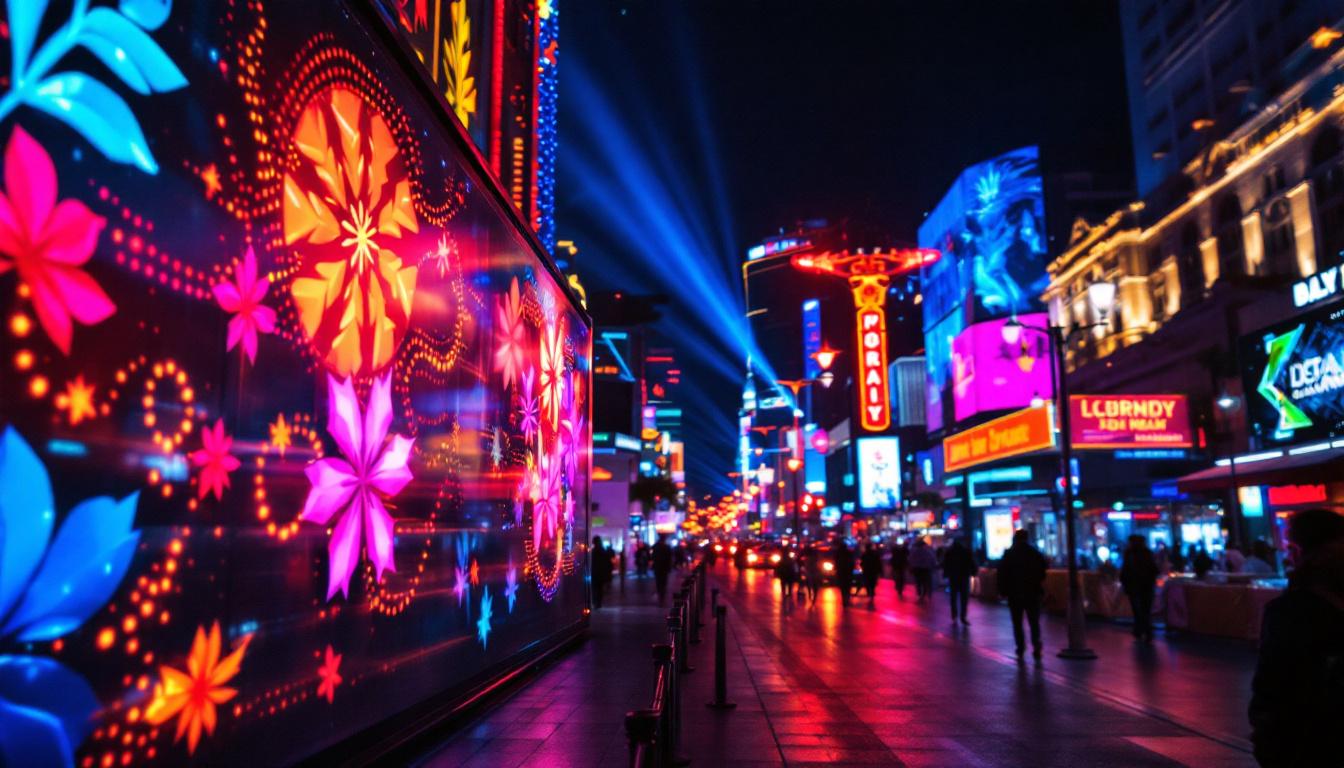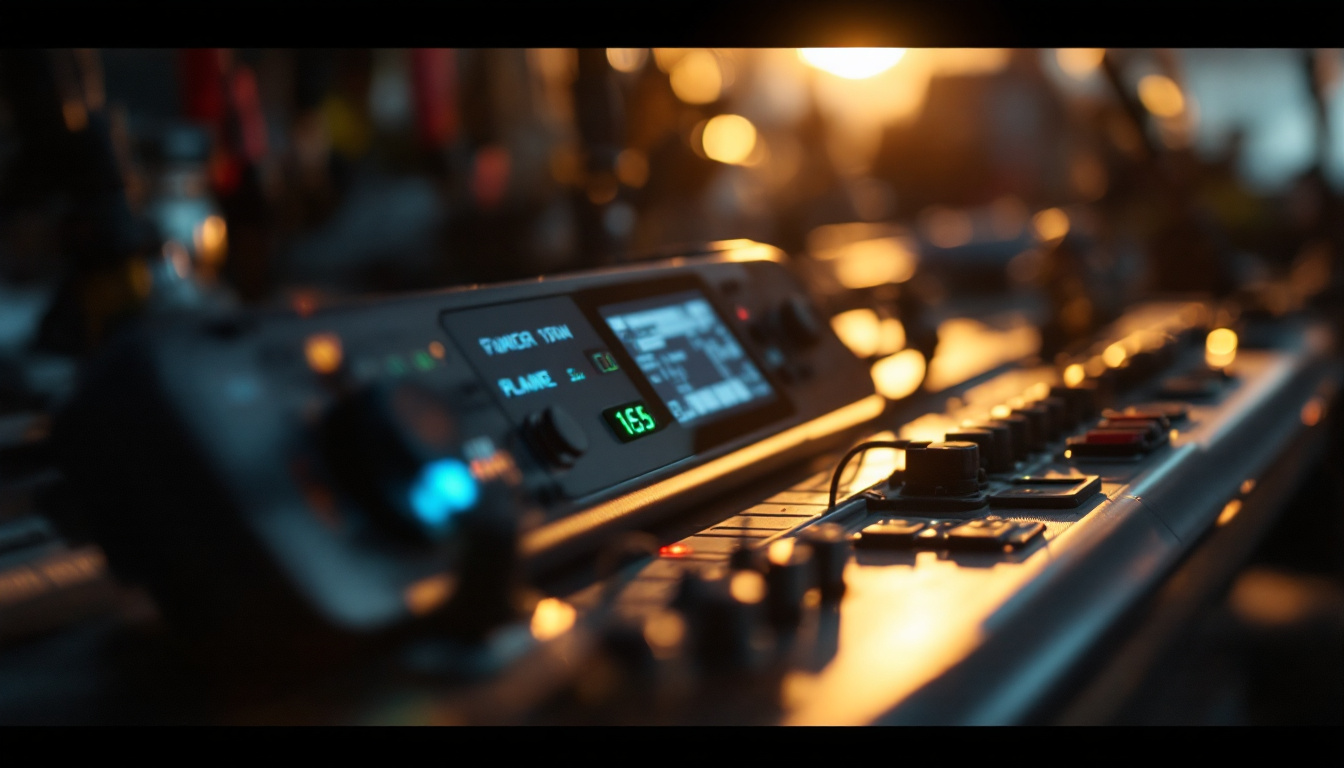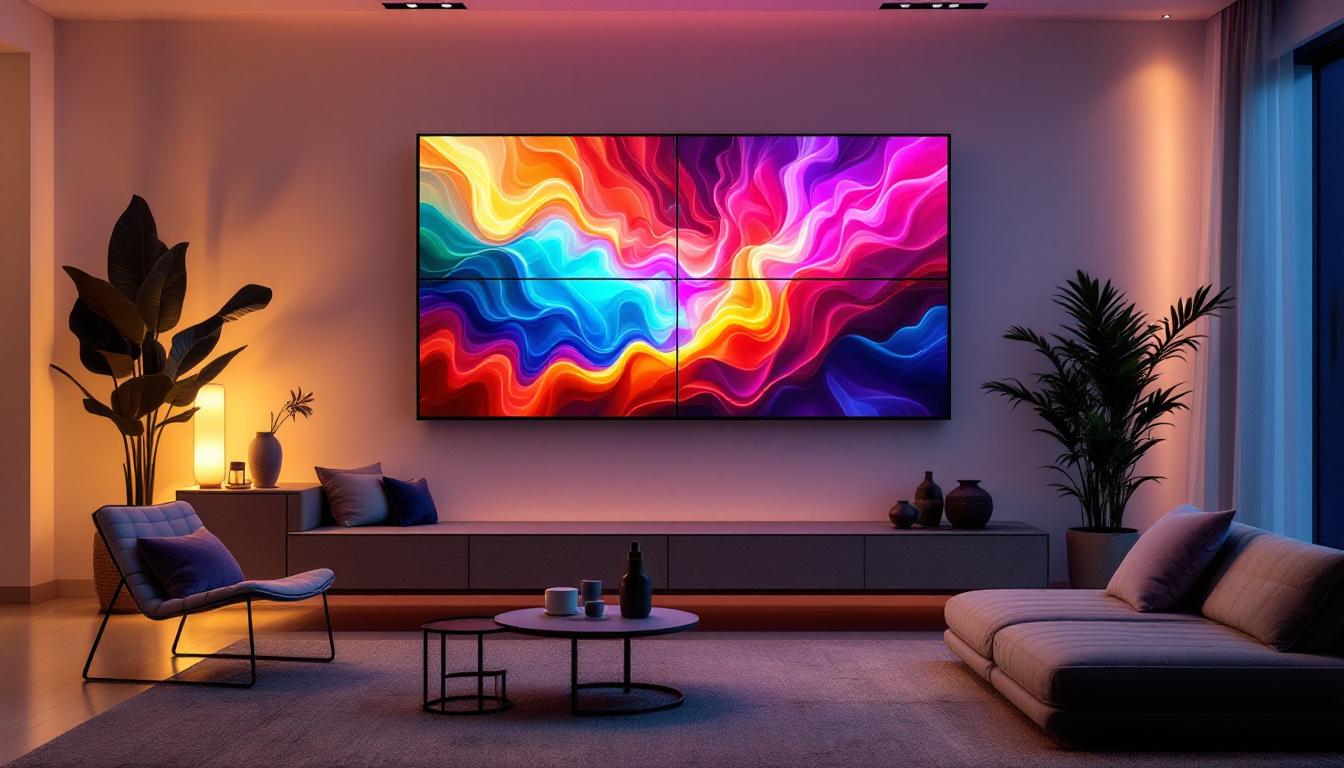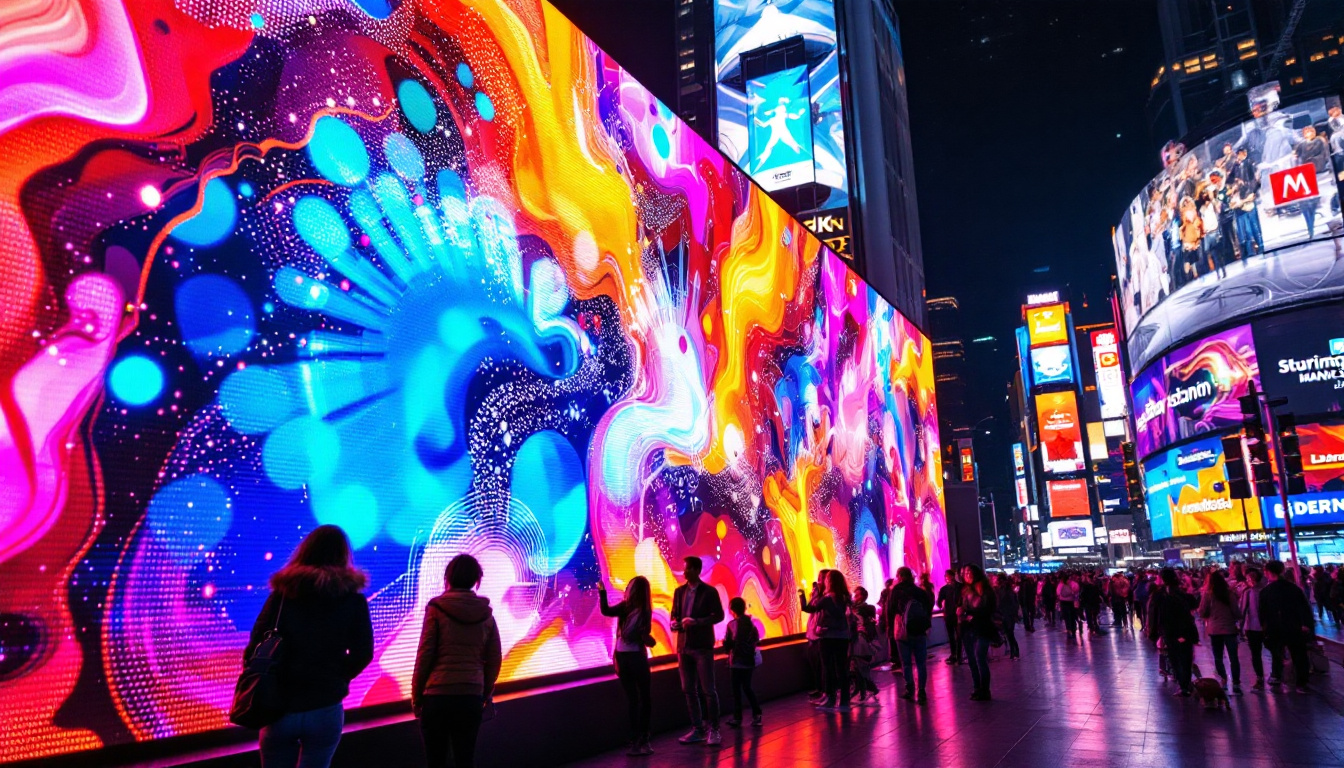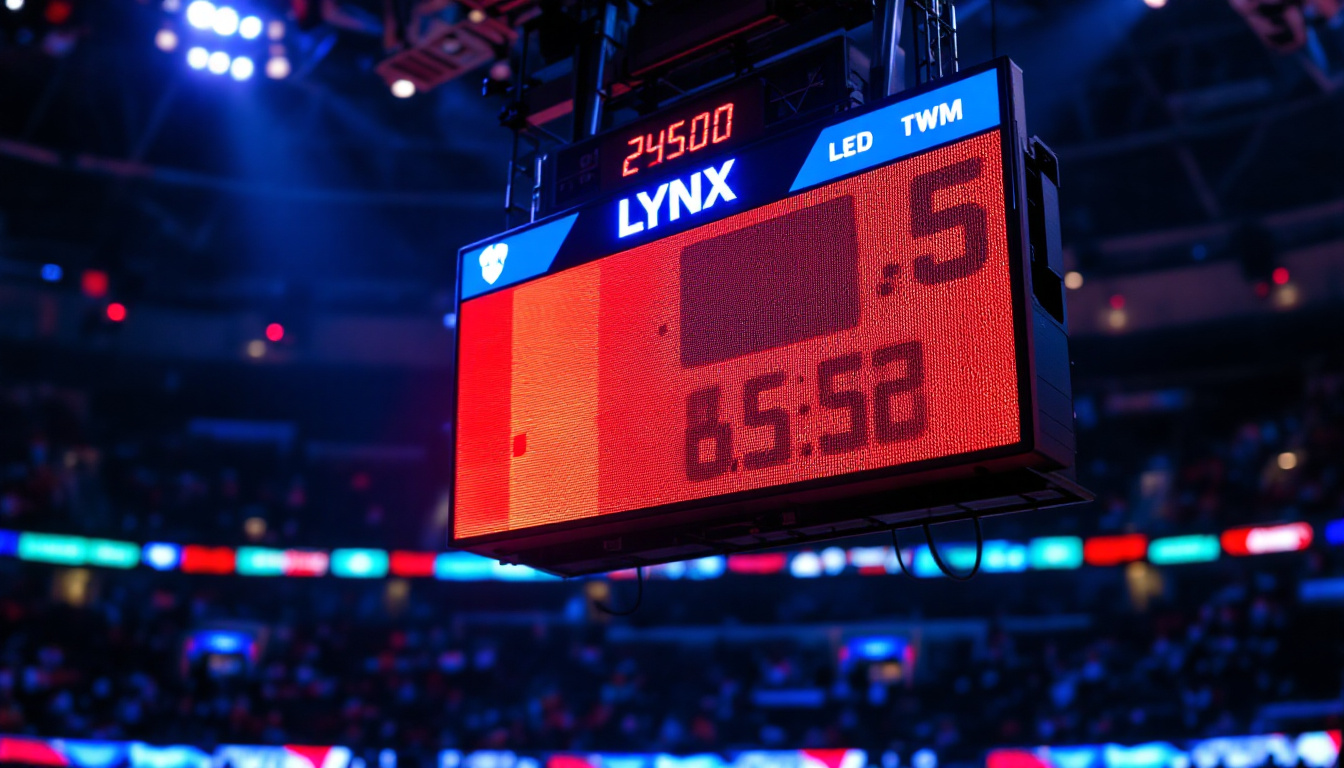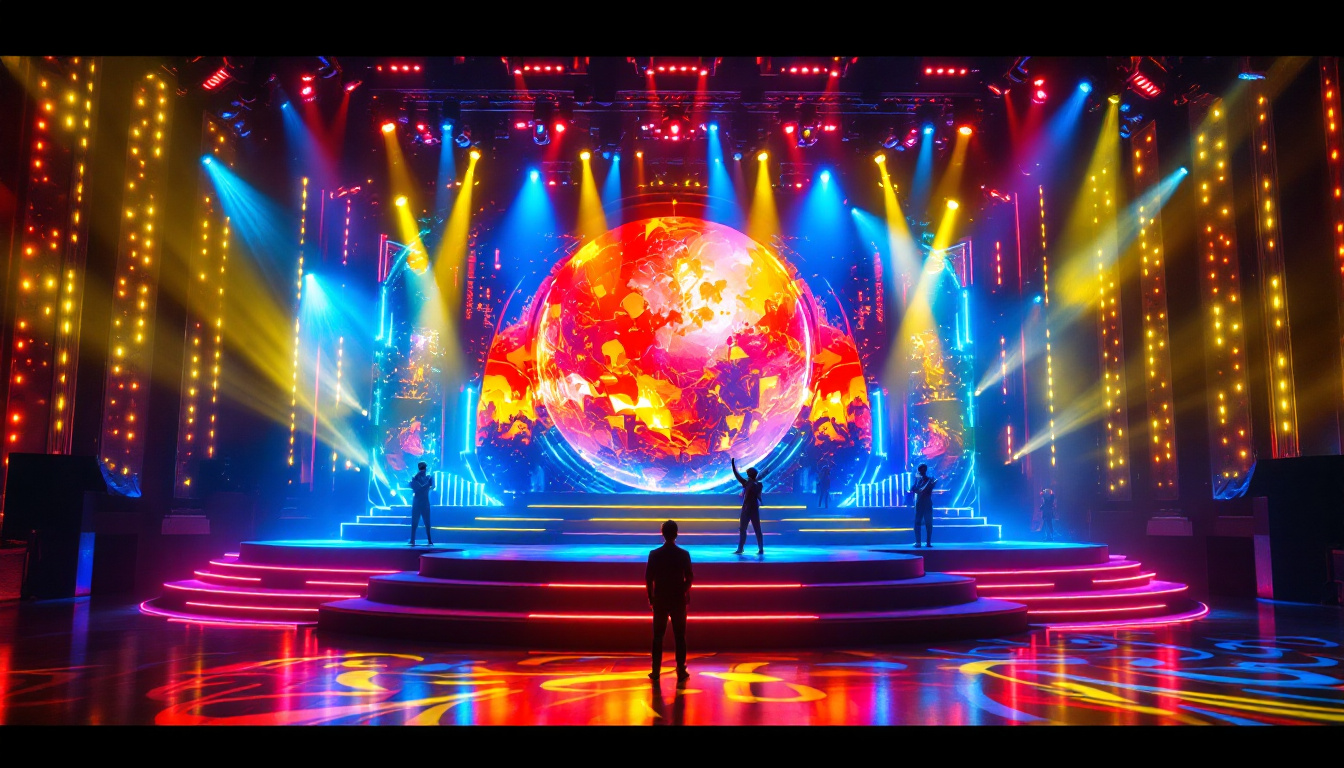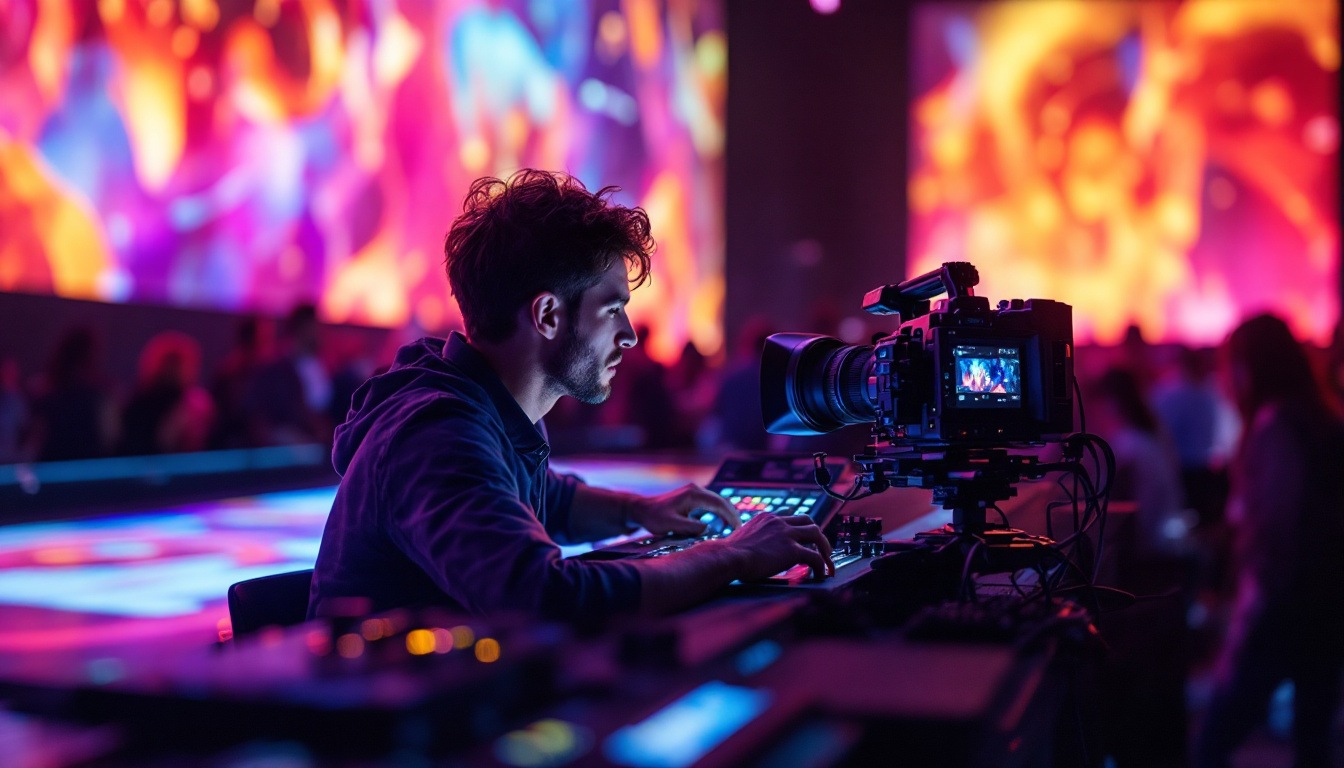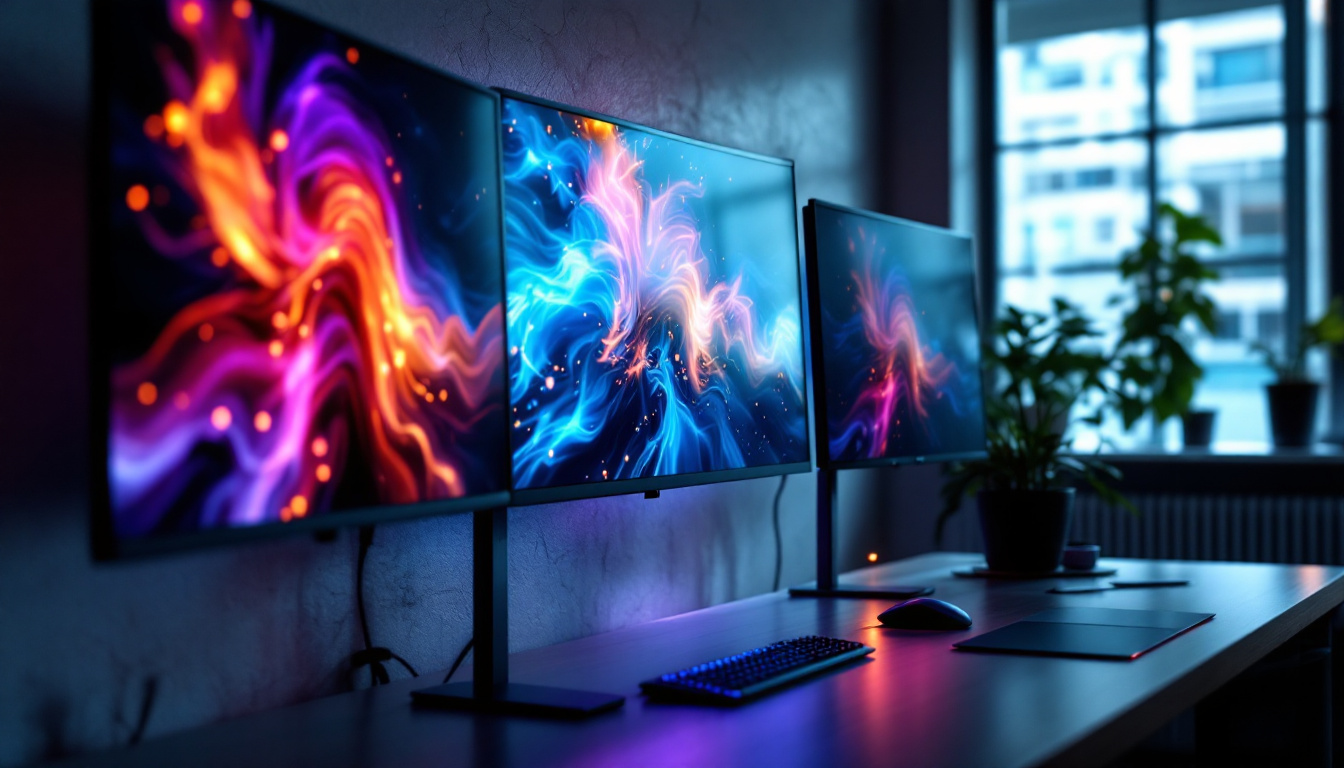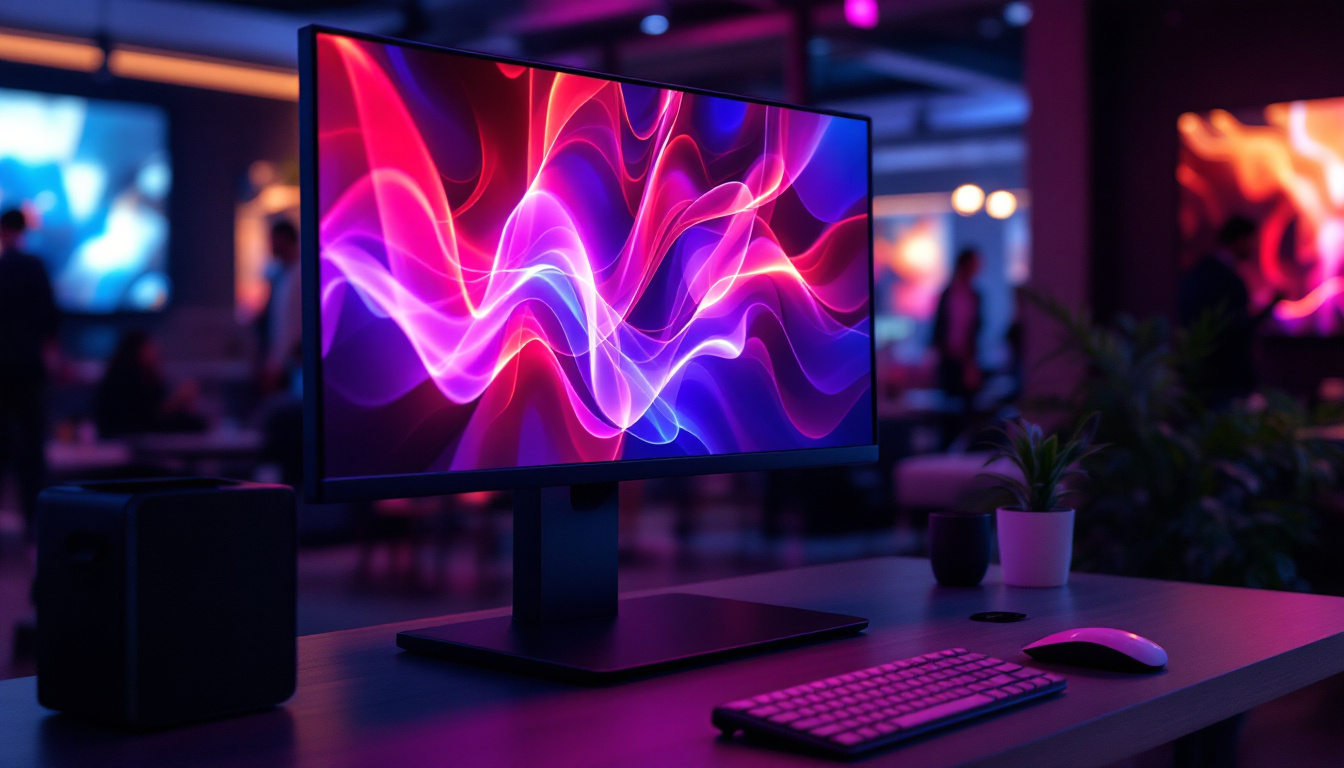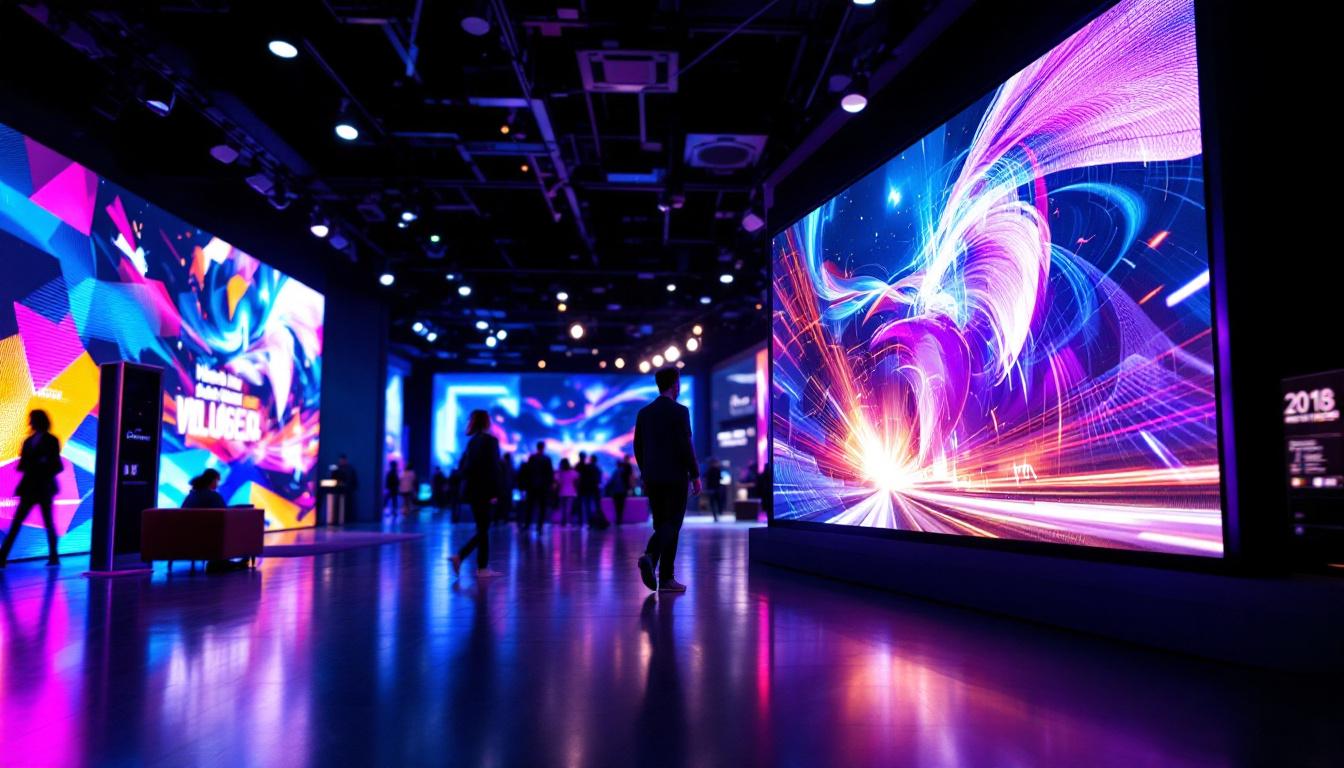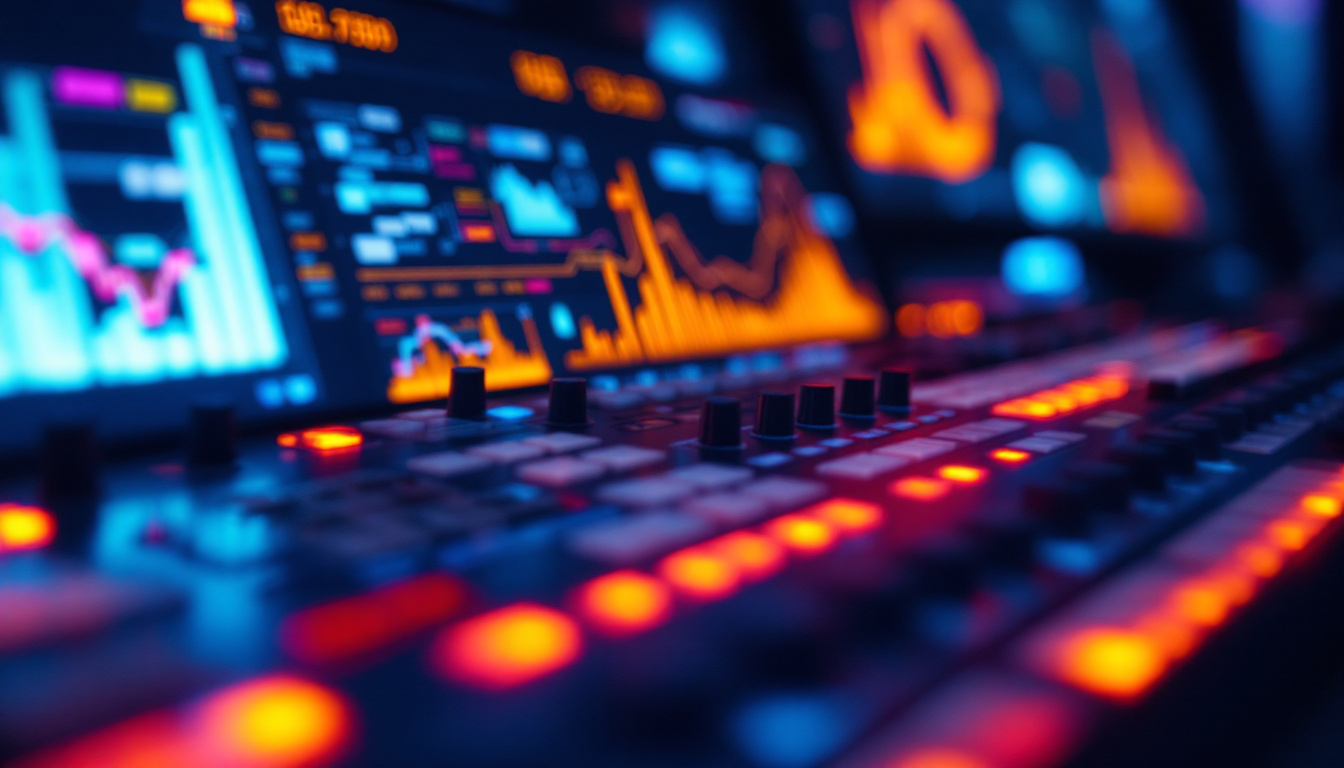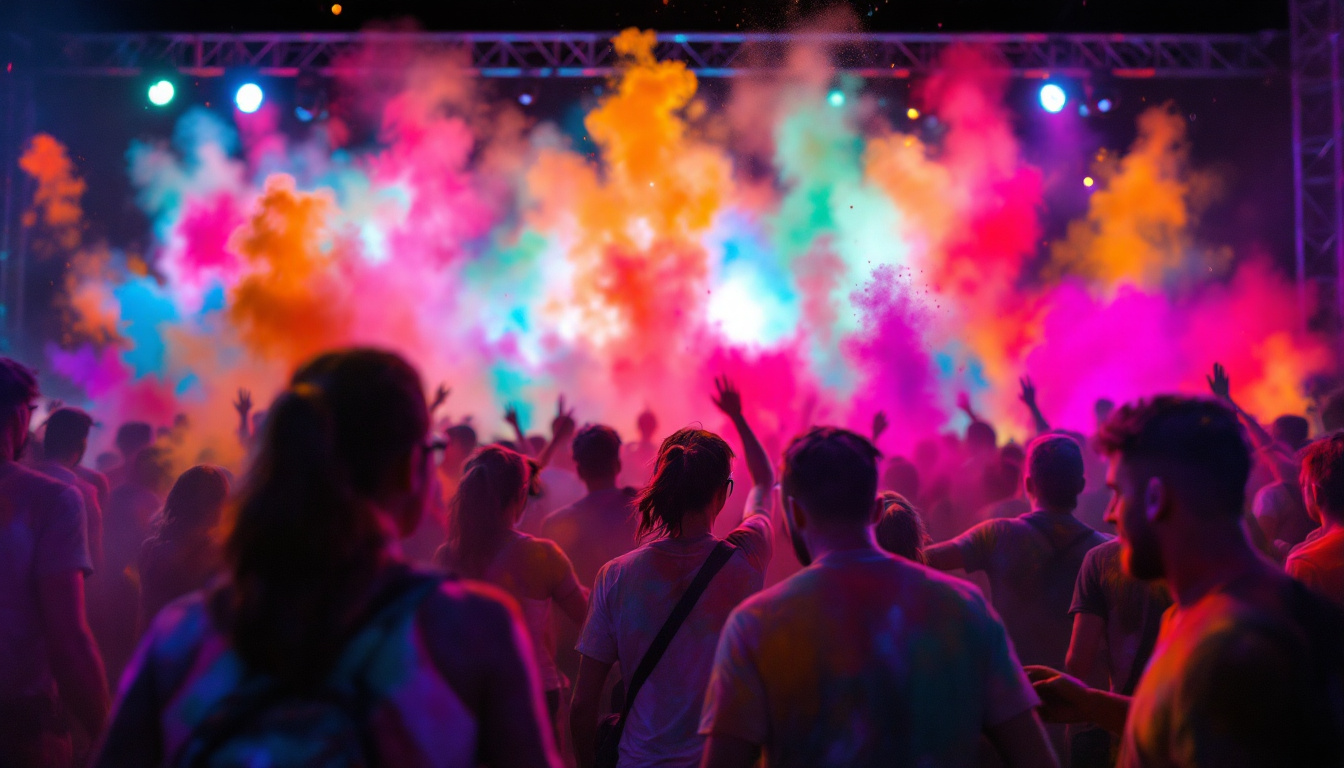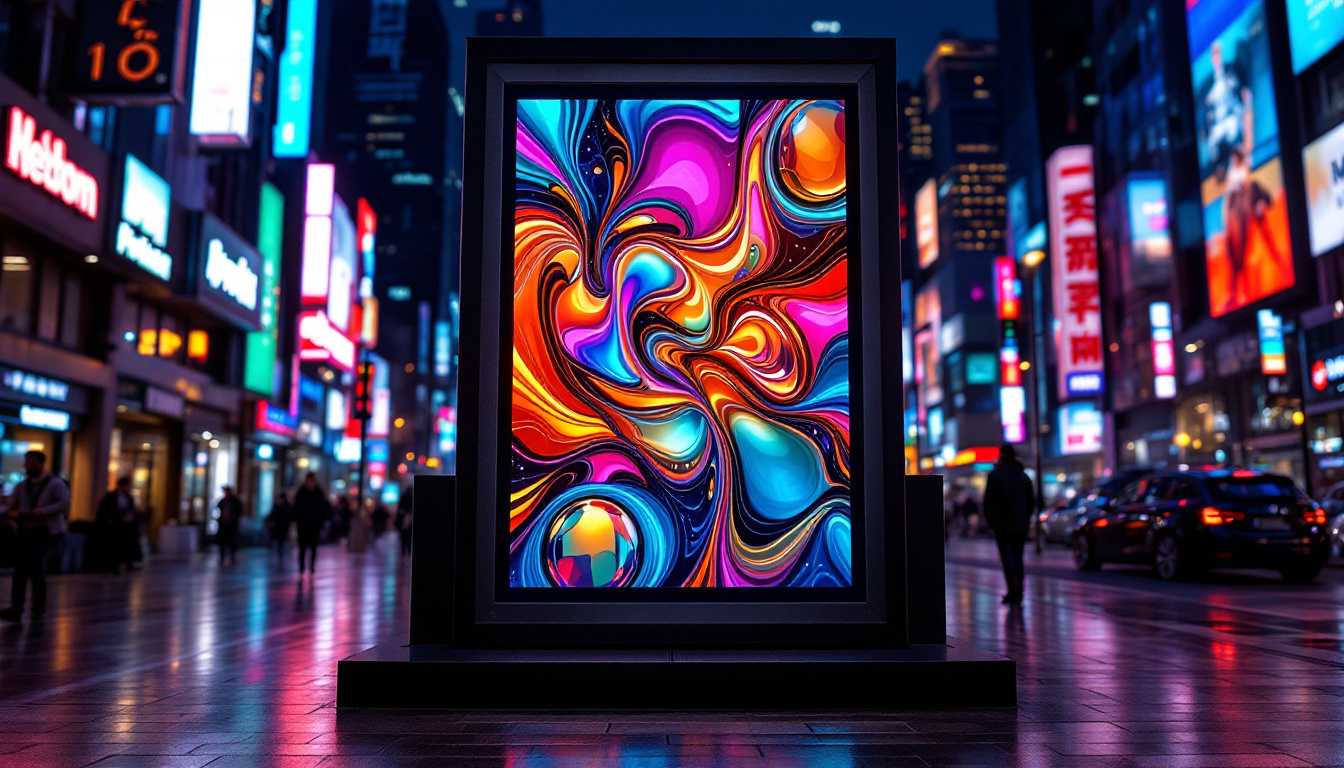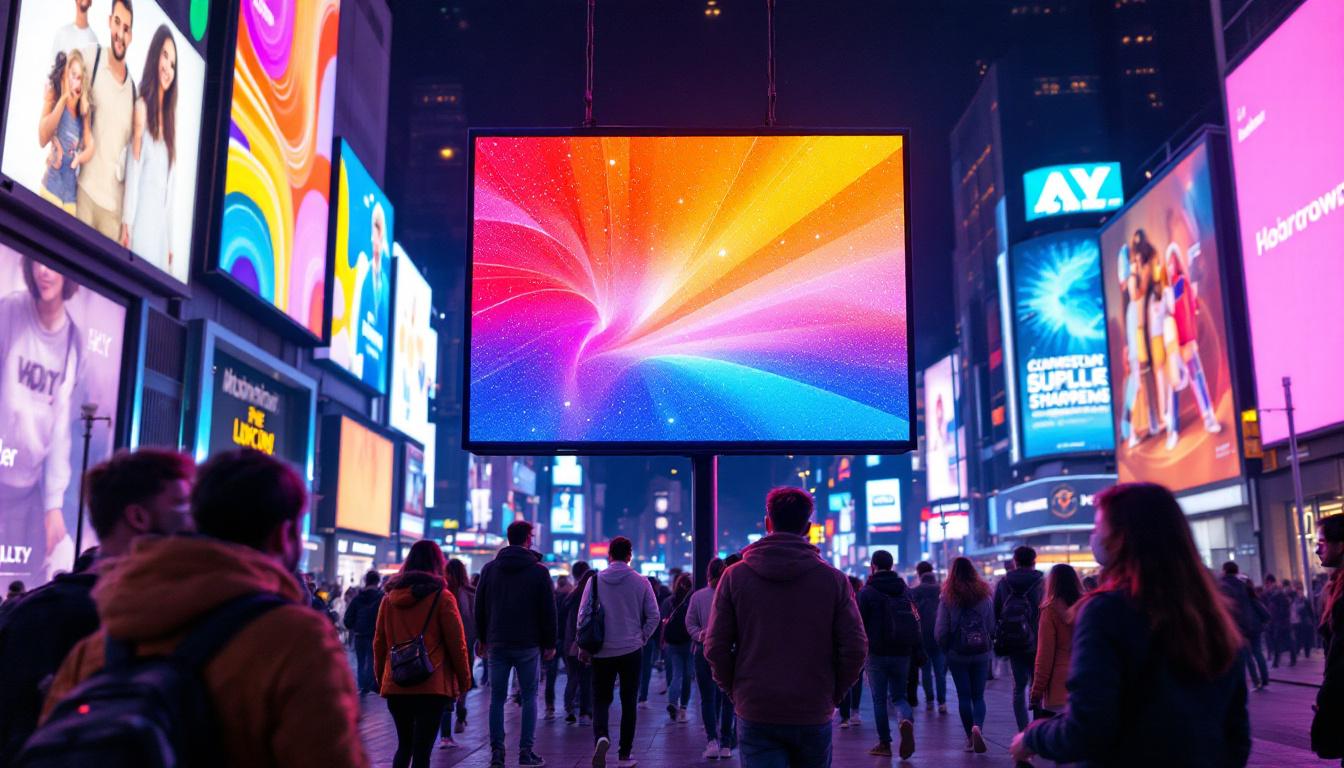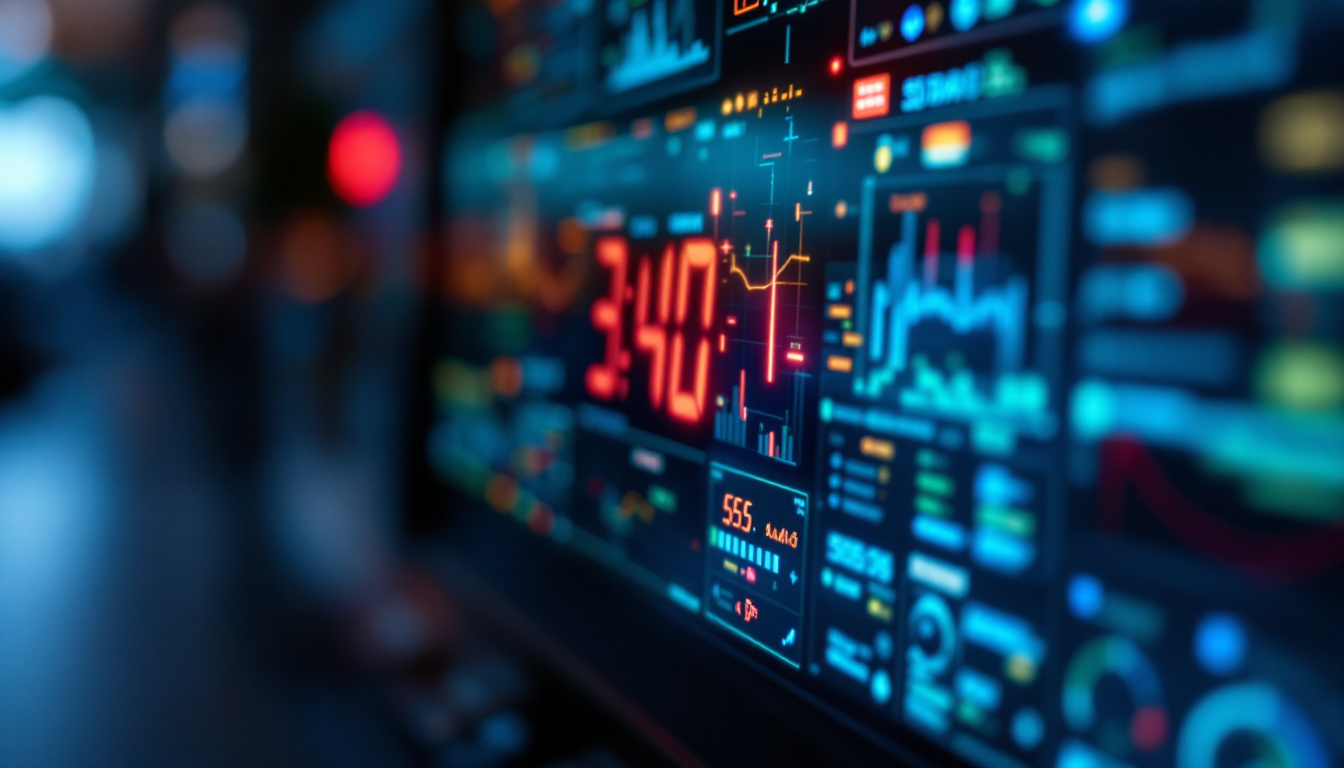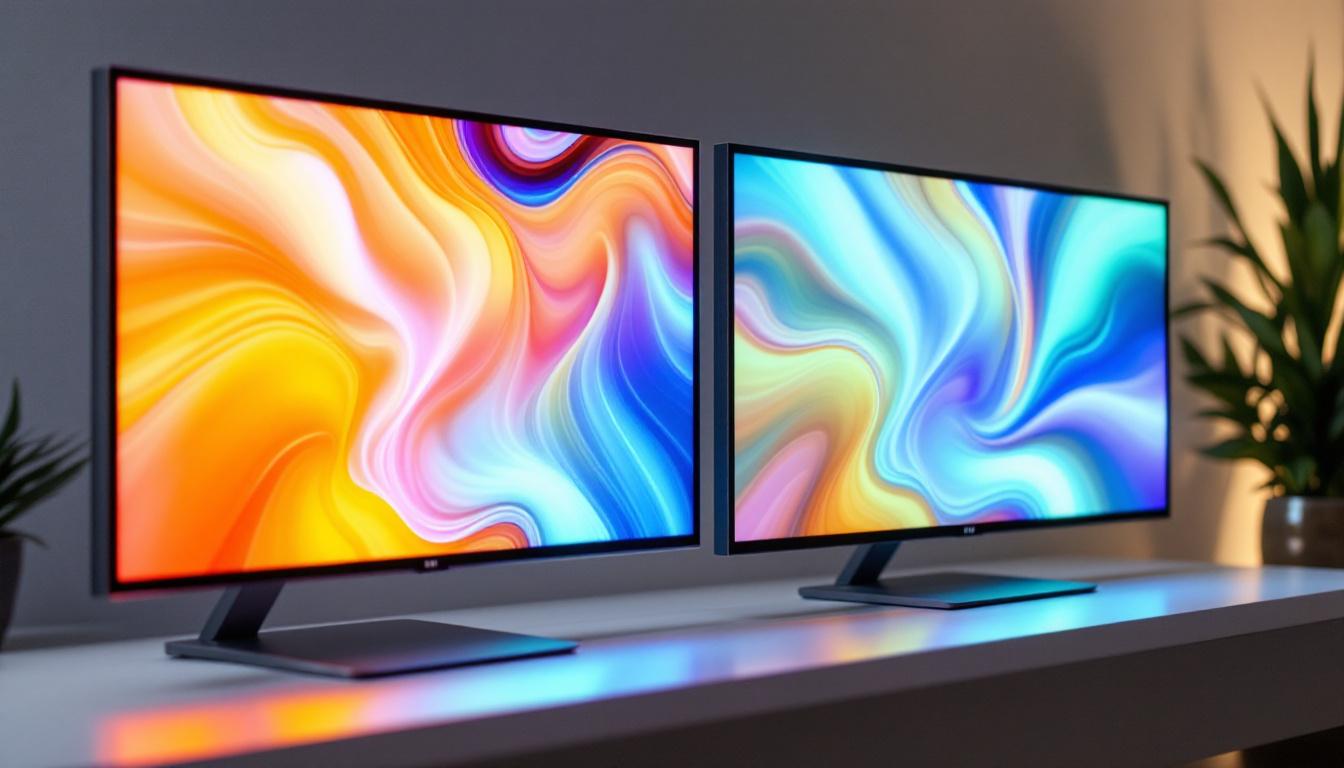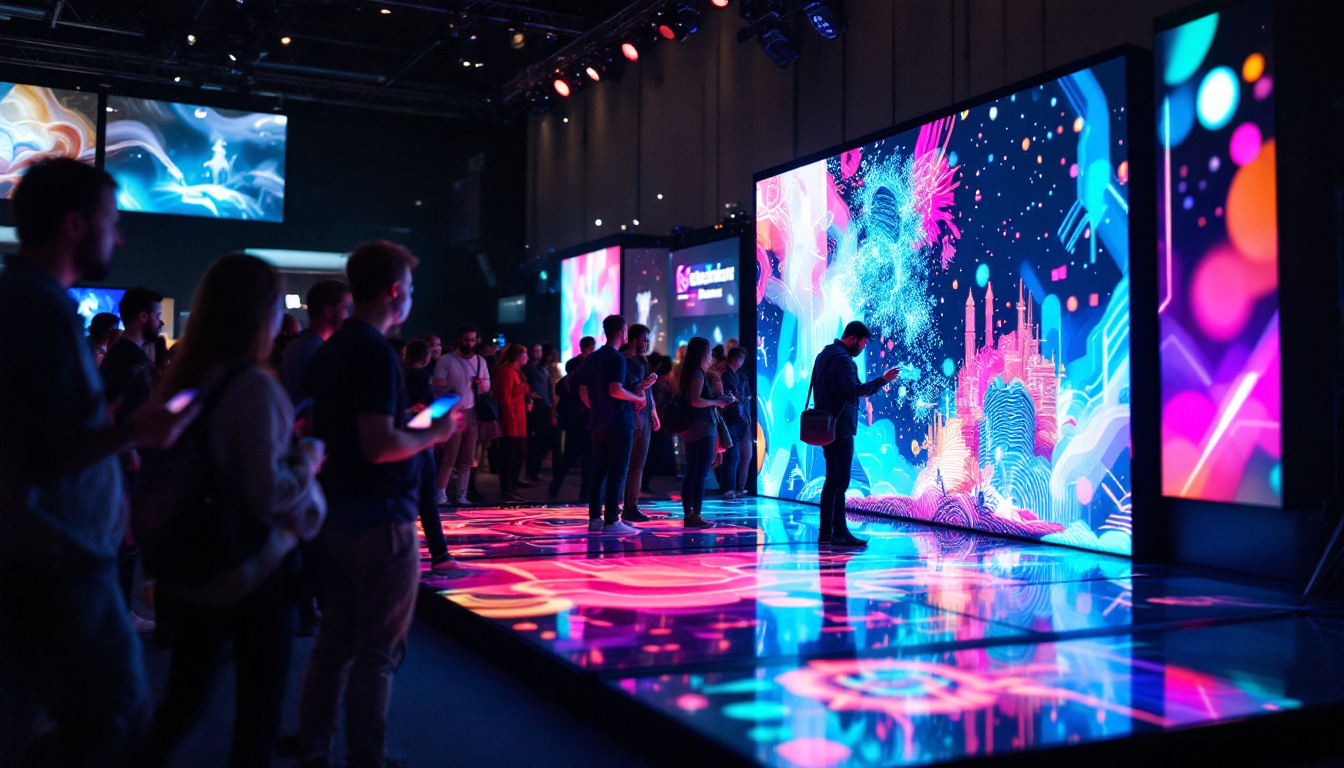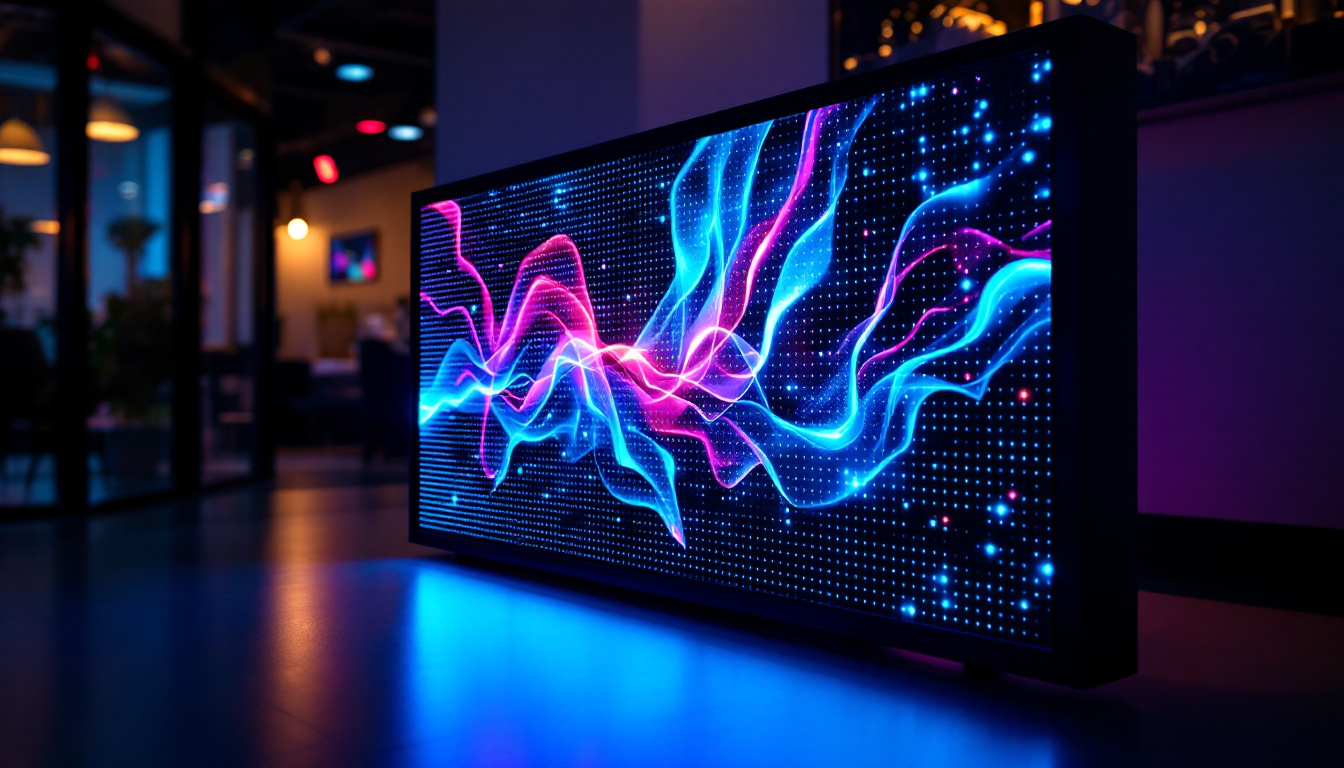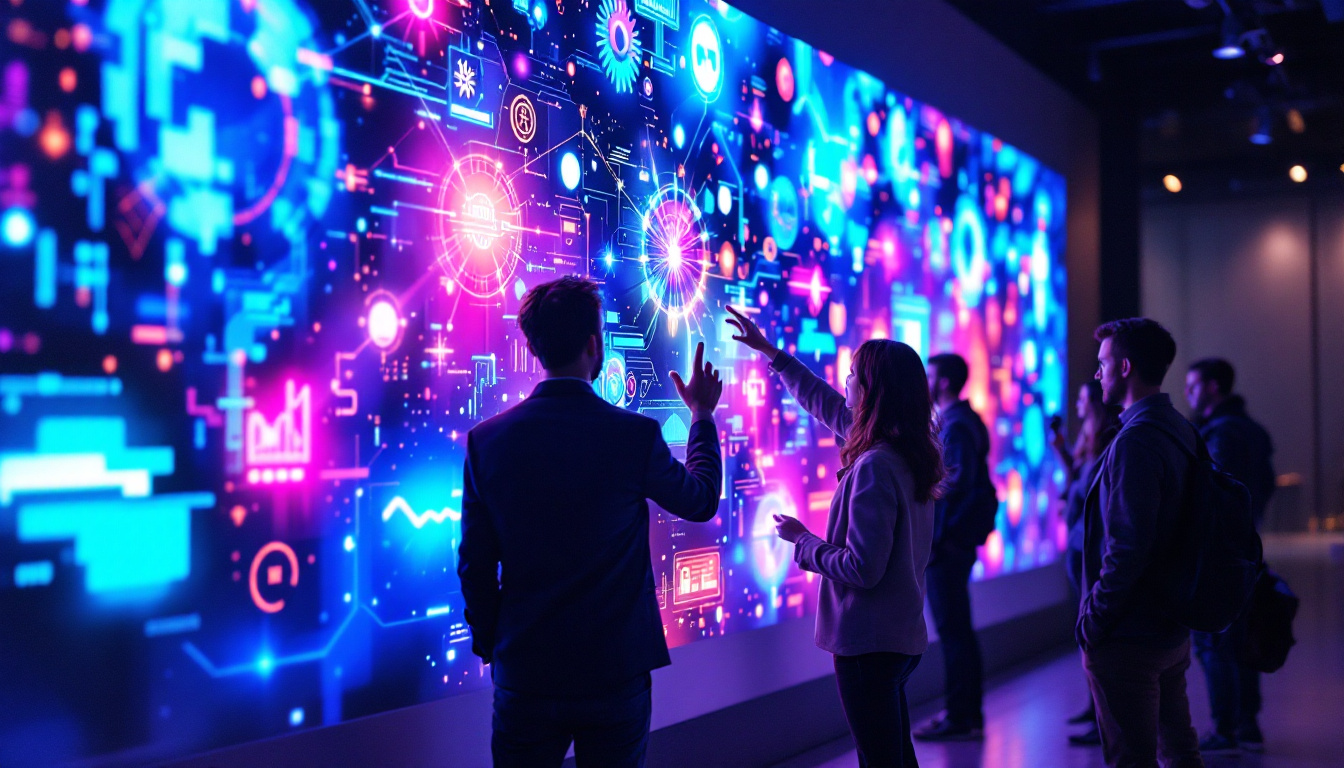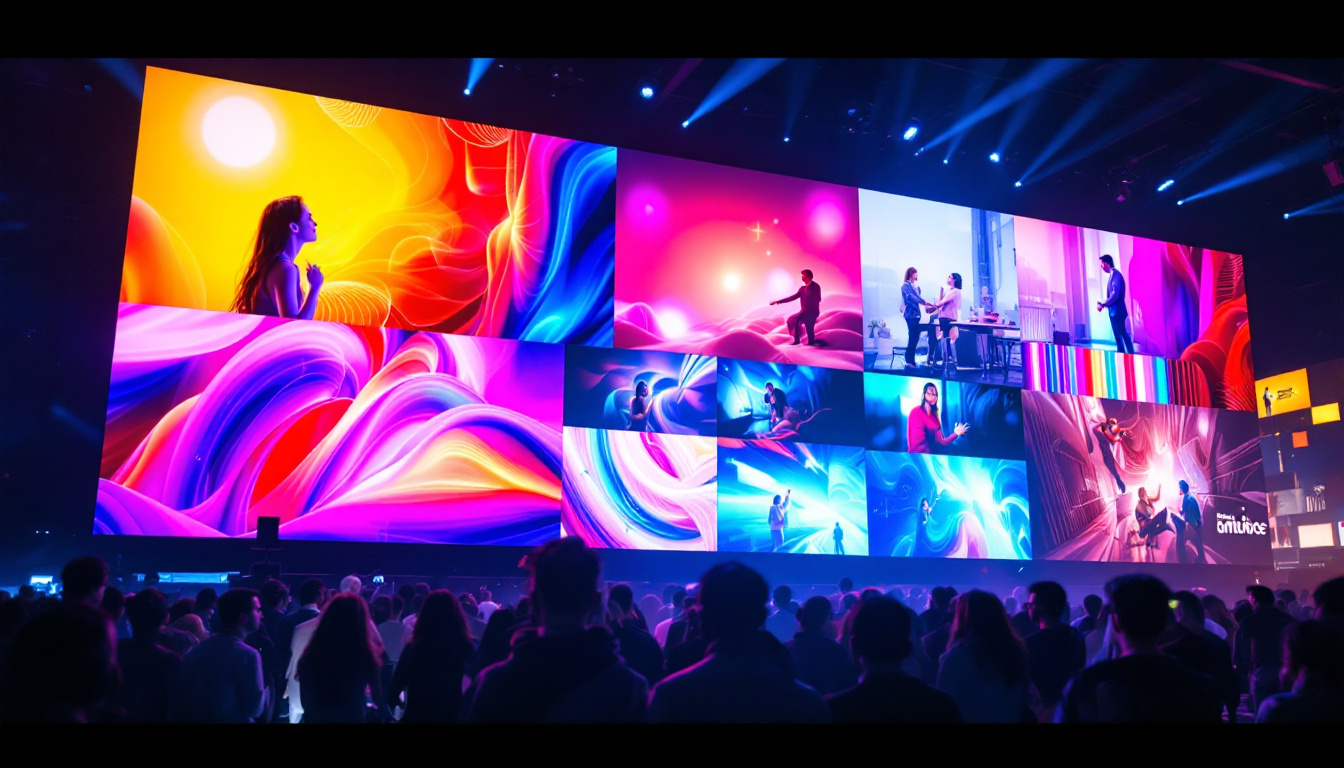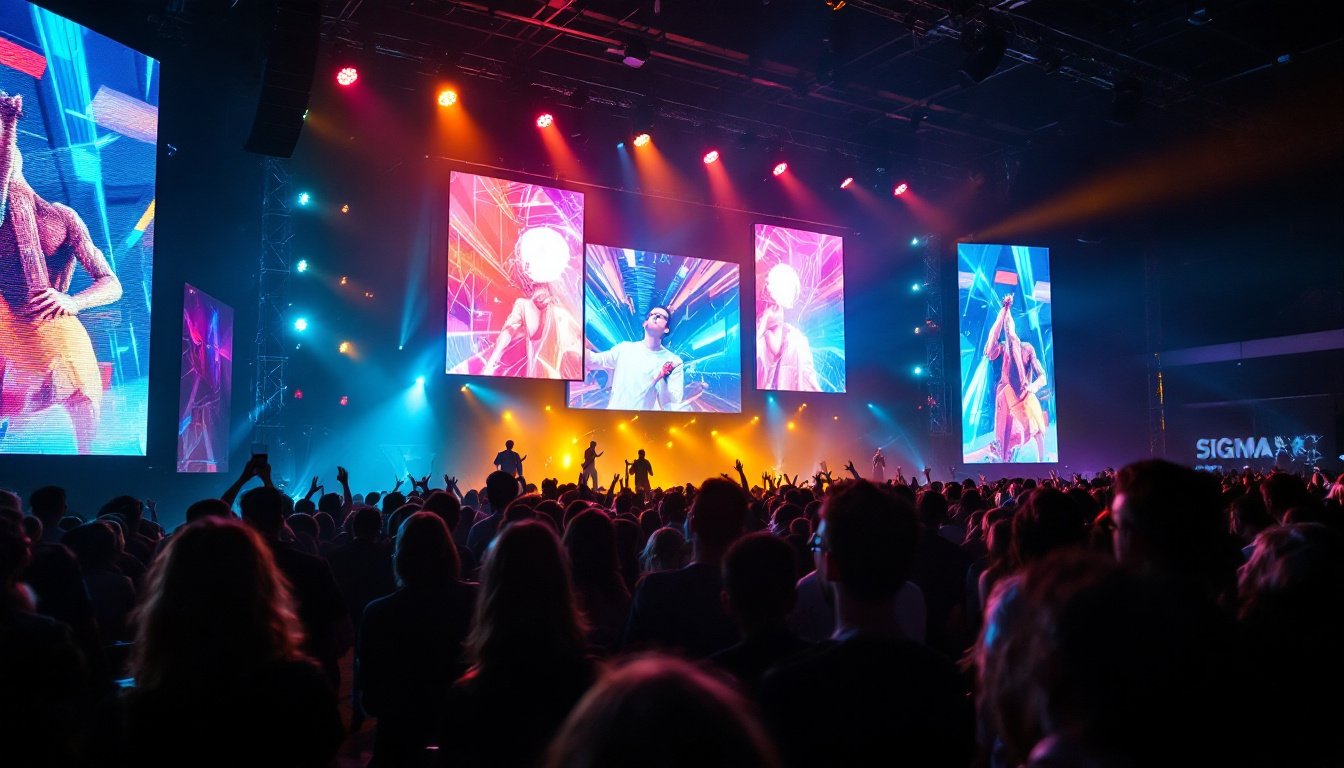In today’s fast-paced world, where visual communication plays a crucial role in marketing, LED screen advertising has emerged as a powerful tool for businesses to capture attention and convey messages effectively. This article delves into the intricacies of LED displays, exploring their technology, benefits, applications, and future trends.
Understanding LED Technology
Light Emitting Diodes (LEDs) are semiconductor devices that emit light when an electric current passes through them. This technology has revolutionized the way visuals are presented, particularly in advertising. Unlike traditional display methods, LEDs offer brighter, more vibrant colors and can be seen clearly even in direct sunlight. Their energy efficiency also plays a significant role in their popularity, as they consume less power compared to incandescent and fluorescent lights, leading to lower energy bills and a reduced carbon footprint.
How LED Displays Work
LED displays are composed of numerous tiny LEDs arranged in a grid. Each LED can be controlled individually, allowing for dynamic content that can change in real-time. The combination of red, green, and blue (RGB) LEDs creates a full spectrum of colors, enabling stunning visuals that can attract and engage viewers. This flexibility not only enhances the aesthetic appeal of advertisements but also allows for the integration of interactive elements, such as touch-sensitive displays or motion-triggered content, which can significantly elevate user engagement.
The pixel pitch, which refers to the distance between the centers of two adjacent pixels, is a critical factor in determining the display’s resolution. A smaller pixel pitch results in higher resolution and better image quality, making it ideal for close viewing distances. Additionally, advancements in LED technology have led to the development of high-density displays, which can produce incredibly sharp images even at very close ranges, making them perfect for applications such as digital signage in retail environments or high-end event presentations.
Types of LED Displays
There are several types of LED displays, each suited for different applications:
- Indoor LED Displays: Typically used in shopping malls, airports, and conference centers, these displays are designed for close viewing and offer high resolution. They often feature advanced technologies such as high refresh rates and wide viewing angles, ensuring that the content remains clear and vibrant from various perspectives.
- Outdoor LED Displays: Built to withstand various weather conditions, outdoor displays are larger and brighter, making them suitable for billboards and large-scale advertising. These displays are engineered to be highly durable, with protective coatings that shield them from UV rays, rain, and dust, ensuring longevity and consistent performance.
- Transparent LED Displays: These innovative displays allow for visibility through the screen while still showcasing content, making them perfect for storefronts and exhibitions. Their unique design enables businesses to maintain a sense of openness while effectively communicating their brand messages, creating an eye-catching focal point that draws in potential customers.
The Advantages of LED Screen Advertising
LED screen advertising offers numerous advantages over traditional advertising methods. Its unique features and capabilities make it a preferred choice for many businesses looking to enhance their marketing strategies.
High Visibility and Impact
One of the most significant benefits of LED displays is their high visibility. The brightness of LED screens ensures that advertisements can be seen from a considerable distance, making them ideal for outdoor locations. This visibility translates into higher engagement rates, as passersby are more likely to notice vibrant, animated content. Moreover, the ability to display full-color graphics and videos captures attention more effectively than static billboards, leading to increased brand recognition and recall.
Dynamic Content and Flexibility
LED displays allow for dynamic content that can be updated easily and frequently. This flexibility enables businesses to tailor their messages based on time, audience, or specific events. For instance, a restaurant can showcase daily specials or a retail store can announce flash sales, all in real-time, enhancing customer interaction and driving sales. Additionally, the ability to integrate social media feeds or live updates can create a more engaging experience for viewers, encouraging them to interact with the brand on multiple platforms.
Cost-Effectiveness
While the initial investment in LED technology may be higher than traditional advertising methods, the long-term benefits often outweigh the costs. LED displays have a longer lifespan, lower energy consumption, and reduced maintenance costs, making them a cost-effective solution for businesses over time. Furthermore, the ability to change content without the need for physical materials reduces printing costs and waste, aligning with environmentally friendly practices. This aspect not only appeals to eco-conscious consumers but also enhances the brand’s reputation as a sustainable choice in the marketplace.
Enhanced Audience Targeting
Another advantage of LED screen advertising is the ability to target specific audiences effectively. With advancements in technology, businesses can now use data analytics to determine the best times and locations to display their advertisements. For example, a fitness center might choose to run ads near schools during after-school hours when students are most likely to be passing by. This strategic placement ensures that the content reaches the right audience at the right time, maximizing the potential for conversion and engagement.
Interactive Capabilities
LED screens also offer interactive capabilities that can significantly enhance viewer engagement. Touchscreen technology can be integrated into displays, allowing customers to interact with content directly. This interactivity can include games, surveys, or even virtual try-ons for products, creating a memorable experience that encourages customers to spend more time engaging with the brand. Such innovative approaches not only captivate attention but also foster a deeper connection with the audience, leading to increased loyalty and repeat business.
Applications of LED Screen Advertising
The versatility of LED displays allows them to be used across various industries and applications. Their adaptability makes them a valuable asset for businesses looking to enhance their advertising efforts.
Retail and Commercial Spaces
In retail environments, LED displays serve as eye-catching signage that can attract customers and promote products. From digital price tags to promotional videos, these displays can significantly enhance the shopping experience. Retailers can utilize LED screens to create immersive environments, showcasing products in a visually appealing manner.
Events and Entertainment
LED displays are a staple in the events and entertainment industry. Concerts, festivals, and sporting events often feature large LED screens to display live feeds, advertisements, and engaging visuals. These displays enhance the audience’s experience, ensuring that everyone, regardless of their location, can enjoy the event’s highlights.
Transportation Hubs
Airports, train stations, and bus terminals are increasingly adopting LED displays for advertising and information dissemination. These screens provide travelers with real-time updates, directions, and advertisements, making them an integral part of the transportation experience. Their ability to convey information quickly and clearly is invaluable in high-traffic areas.
Challenges in LED Screen Advertising
Despite the numerous advantages, LED screen advertising is not without its challenges. Understanding these obstacles can help businesses navigate the landscape more effectively.
Initial Costs and Investment
The upfront costs associated with purchasing and installing LED displays can be a barrier for some businesses. While the long-term benefits are significant, the initial investment may deter smaller companies or startups from adopting this technology. Careful budgeting and planning are essential to ensure a successful implementation.
Content Management
Managing content for LED displays requires a strategic approach. Businesses must invest in content creation and management systems to ensure that their messaging is engaging and relevant. Additionally, keeping content fresh and updated is crucial to maintaining viewer interest, which can be resource-intensive.
Technical Maintenance
Like any technology, LED displays require regular maintenance to function optimally. This includes cleaning, software updates, and potential repairs. Businesses must be prepared to allocate resources for ongoing maintenance to prevent downtime and ensure consistent performance.
The Future of LED Screen Advertising
The future of LED screen advertising is bright, with advancements in technology continually shaping the landscape. As businesses seek innovative ways to engage consumers, LED displays will play a pivotal role in marketing strategies.
Integration with Smart Technology
As smart technology continues to evolve, the integration of LED displays with IoT (Internet of Things) devices will become more prevalent. This integration will allow for more personalized advertising experiences, as businesses can tailor content based on real-time data, such as customer behavior and preferences.
Augmented Reality and Interactive Displays
Augmented reality (AR) is set to revolutionize the way consumers interact with advertisements. Future LED displays may incorporate AR technology, allowing viewers to engage with content in immersive ways. This interactive experience can enhance brand engagement and create memorable impressions.
Sustainability and Eco-Friendly Practices
As environmental concerns grow, the demand for sustainable advertising solutions will increase. LED technology is already more energy-efficient than traditional displays, but further advancements in eco-friendly practices will likely shape the future of LED screen advertising. Businesses that prioritize sustainability will not only appeal to environmentally conscious consumers but also contribute to a greener planet.
Conclusion
LED screen advertising has transformed the marketing landscape, offering businesses an effective way to engage audiences and convey messages. With their high visibility, dynamic content capabilities, and versatility across various applications, LED displays have become an essential tool for modern advertising.
While challenges exist, the benefits of LED technology far outweigh the drawbacks. As the industry continues to evolve, businesses that embrace LED screen advertising will be well-positioned to capture attention and drive engagement in an increasingly competitive market.
In conclusion, the future of LED screen advertising is bright, promising innovative solutions that will redefine how brands connect with consumers. By staying informed and adapting to emerging trends, businesses can harness the full potential of LED technology to elevate their advertising efforts.
Discover the Future of Advertising with LumenMatrix
Ready to take your brand’s visibility to the next level? Explore LumenMatrix’s innovative LED display solutions and join the revolution in visual communication. With a wide array of products including Indoor and Outdoor LED Wall Displays, Vehicle LED Displays, and more, LumenMatrix is committed to enhancing your advertising impact. Experience the power of cutting-edge technology and create captivating visual experiences that engage and inspire. Check out LumenMatrix LED Display Solutions today and transform the way you connect with your audience.

